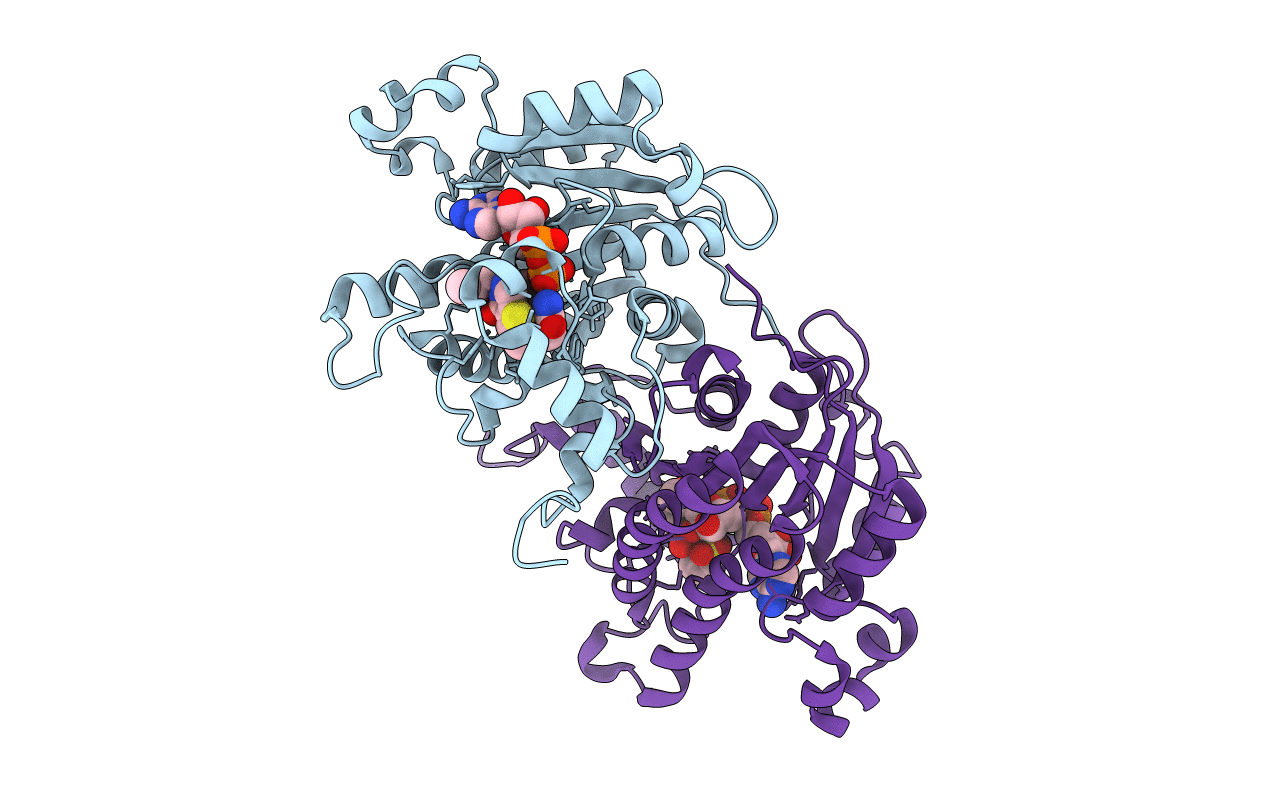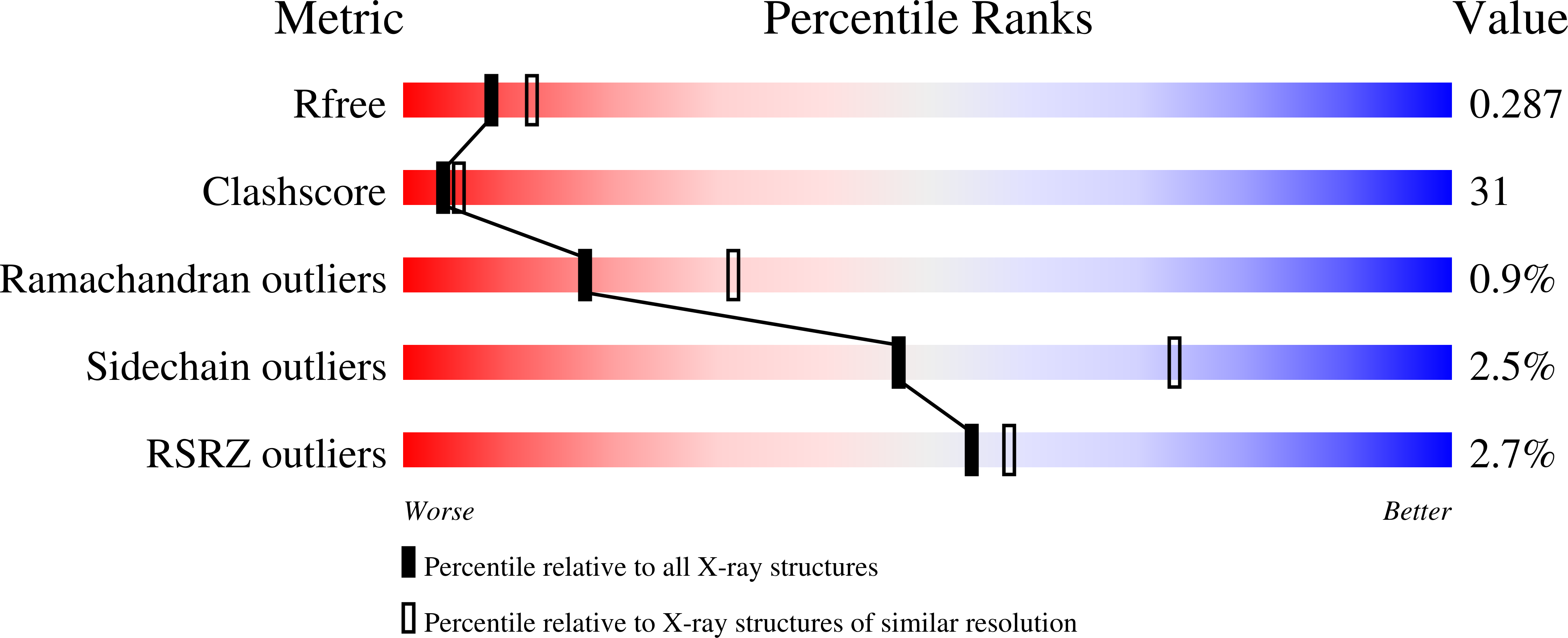
Deposition Date
1999-08-26
Release Date
1999-09-02
Last Version Date
2024-02-07
Entry Detail
PDB ID:
1CWU
Keywords:
Title:
BRASSICA NAPUS ENOYL ACP REDUCTASE A138G MUTANT COMPLEXED WITH NAD+ AND THIENODIAZABORINE
Biological Source:
Source Organism:
Brassica napus (Taxon ID: 3708)
Host Organism:
Method Details:
Experimental Method:
Resolution:
2.50 Å
R-Value Free:
0.31
R-Value Work:
0.21
Space Group:
I 41 2 2


